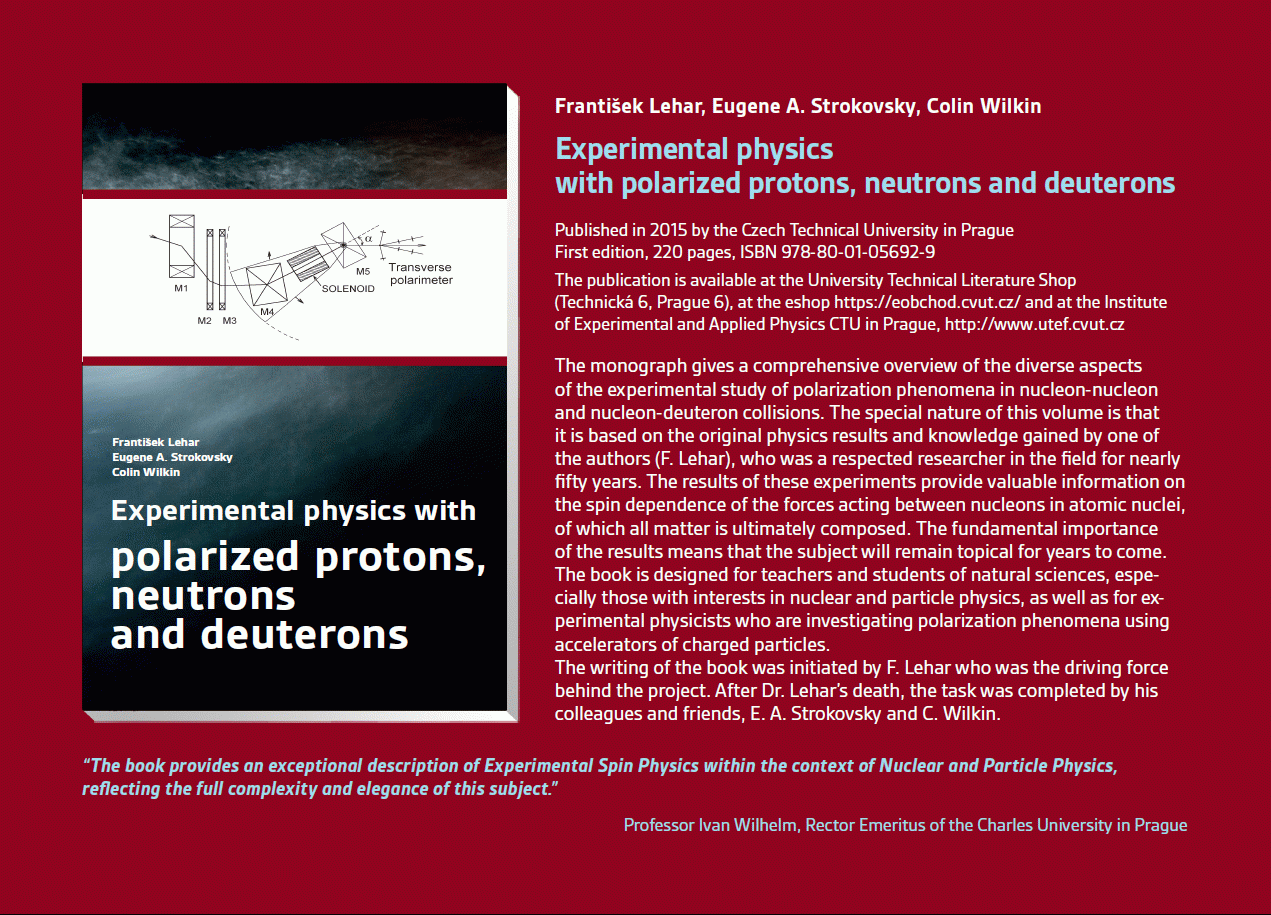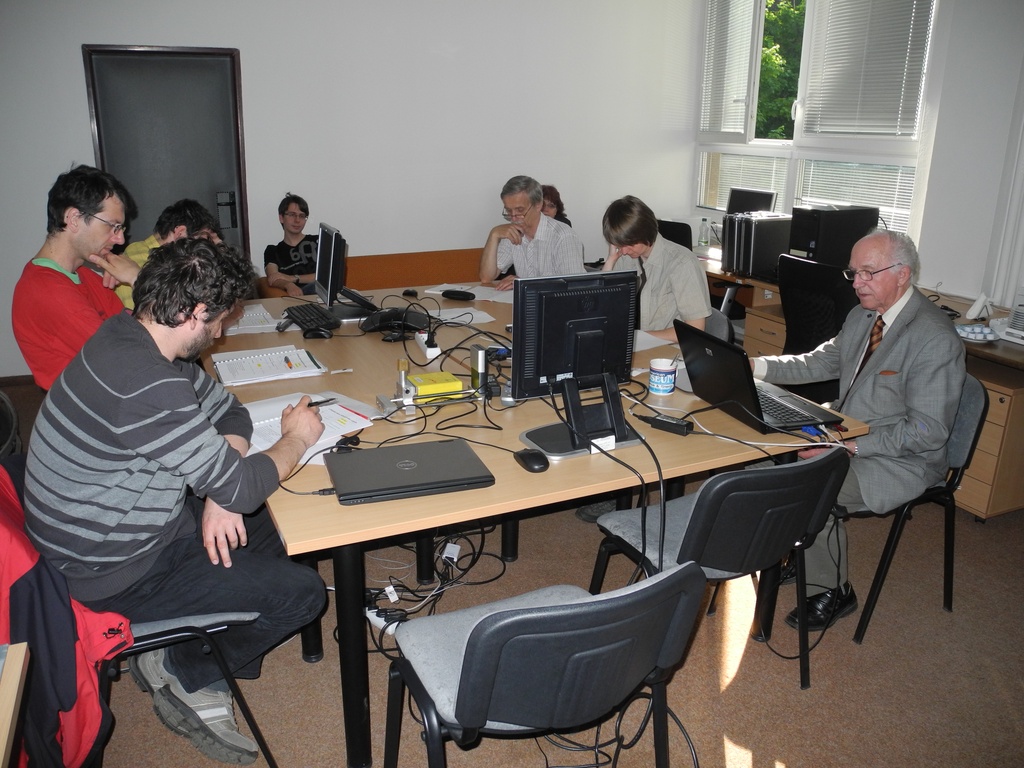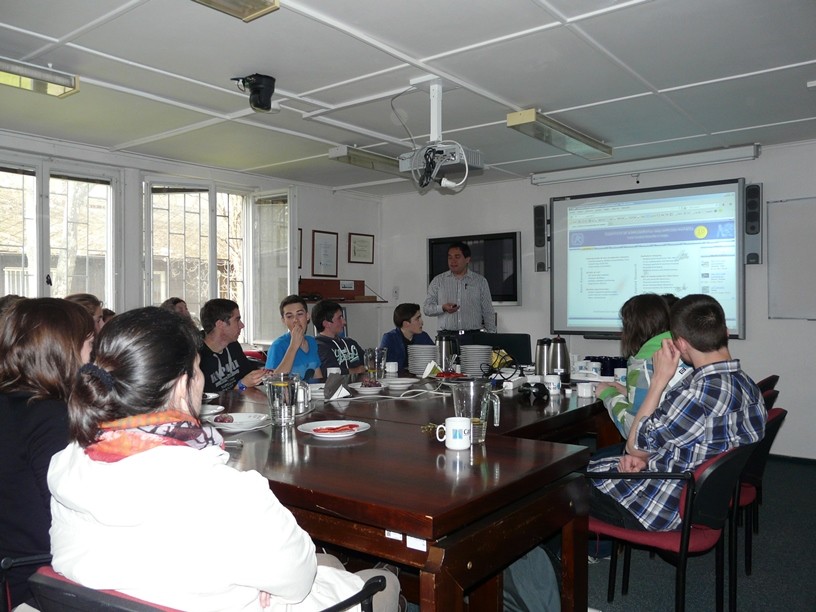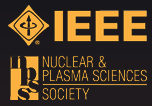Publikace
> Články v impaktovaných časopisech
> 'Developments for radiation hard silicon detectors by defect engineering results by the CERN RD48 (ROSE)Collaboration'
Developments for radiation hard silicon detectors by defect engineering results by the CERN RD48 (ROSE)Collaboration
Autor
| Lindstrom G. | University of Hamburg, II Institut fur Experimentalphysik, Gbd. 67b, Luruper Chaussee 149, 22761 Hamburg, Germany |
| Kohout Zdeněk, RNDr. | UTEF |
| Linhart Vladimir, Ing. Ph.D. | UTEF |
| Sopko Bruno | KF FSI ČVUT |
| et al. | - |
Rok
2001
Časopis
Nuclear Instruments and Methods in Physics Research A 465 (2001) 60–69
Web
Obsah
This report summarises the final results obtained by the RD48 collaboration. The emphasis is on the more practical aspects directly relevant for LHC applications. The report is based on the comprehensive survey given in the 1999 status report (RD48 3rd Status Report, CERN/LHCC 2000-009, December 1999), a recent conference report (Lindstr .om et al. (RD48), and some latest experimental results. Additional data have been reported in the last ROSE workshop (5th ROSE workshop, CERN, CERN/LEB 2000-005). A compilation of all RD48 internal reports and a full publication list can be found on the RD48 homepage (http://cern.ch/RD48/). The success of the oxygen enrichment of
FZ-silicon as a highly powerful defect engineering technique and its optimisation with various commercial manufacturers are reported. The focus is on the changes of the effective doping concentration (depletion voltage). The RD48 model for the dependence of radiation effects on fluence, temperature and operational time is verified; projections to operational scenarios for main LHC experiments demonstrate vital benefits. Progress in the microscopic understanding of damage effects as well as the application of defect kinetics models and device modelling for the prediction of the macroscopic behaviour has also been achieved but will not be covered in detail.
Příklad citace článku:
G. Lindstrom, Z. Kohout, V. Linhart, B. Sopko, . et al., "Developments for radiation hard silicon detectors by defect engineering results by the CERN RD48 (ROSE)Collaboration", Nuclear Instruments and Methods in Physics Research A 465 (2001) 60–69 (2001)
Hledat
Události
21.-22. 11. 2014
Seattle, USA
8-15 Nov 2014
Surrey, Velká Británie
8. září 2014
9. září 2014
24. 4. 2014
3. 4. 2014
Seoul, Korea
27 Oct - 2 Nov 2013
Paris
23-27 June 2013
Anaheim, USA
29 Oct - 3 Nov 2012






 Experimental physics
with polarized protons, neutrons and deuterons
Experimental physics
with polarized protons, neutrons and deuterons Progresivní detekční metody ve výuce subatomové a částicové fyziky
na ZŠ a SŠ
Progresivní detekční metody ve výuce subatomové a částicové fyziky
na ZŠ a SŠ NSS MIC IEEE Conference
NSS MIC IEEE Conference Konference SEPnet, CERN@school
Konference SEPnet, CERN@school Lovci záhad - spolupráce ČT a ÚTEF
Lovci záhad - spolupráce ČT a ÚTEF Progresivní detekční metody ve výuce subatomové a částicové fyziky na ZŠ a SŠ
Progresivní detekční metody ve výuce subatomové a částicové fyziky na ZŠ a SŠ Návštěva v rámci projektu „Listening to the universe by detection cosmic rays“
Návštěva v rámci projektu „Listening to the universe by detection cosmic rays“ NSS MIC IEEE Conference
NSS MIC IEEE Conference 15thIWORID
15thIWORID NSS MIC IEEE Conference
NSS MIC IEEE Conference